The Cathedral of Saint Andrew the Apostle is in the small town of Amalfi, the city for which the Amalfi Coast is named. According to Greek mythology, the Greek god Hercules loved a nymph named Amalfi, who died. Hercules chose the present-day Amalfi as the most beautiful spot and named the place after her.
Photoblog, Naples, Italy, April 9, 2025
What are we doing in Europe? Here is the story. Touring Europe might be a crazy idea.
During the 10th and 11th centuries, Amalfi was estimated to have a population of 50,000–70,000 as subjects of the Duke of Amalfi, which is when the Cathedral of Saint Andrew was built.

Over hundreds of years, the other towns along the Amalfi Coast started as fishing villages and became larger. The only road between the cities is now a one-way highway never designed for cars. The site of the Cathedral of Saint Andrew dates back to the fifth century.
The Cathedral of Saint Andrew’s origins date to 596 AD. Before that, it was probably the site of a pagan temple, which was then converted into a church. Later, a new Cathedral of Saint Andrew was built next to it. A few hundred years later, the Cathedral of Saint Andrew was converted into a Mosque by Musulum invaders.
Though Naples never fell to the Muslum invaders, the Duchy of Amalfi was on the front lines during this time, and the Cathedral at Amalfi (well south of Naples) was converted into a Mosque. Italy repelled the invasion, which was over around the 13th century.
Saint Andrew was Saint Peter’s brother and fisherman when Christ named them his disciples.
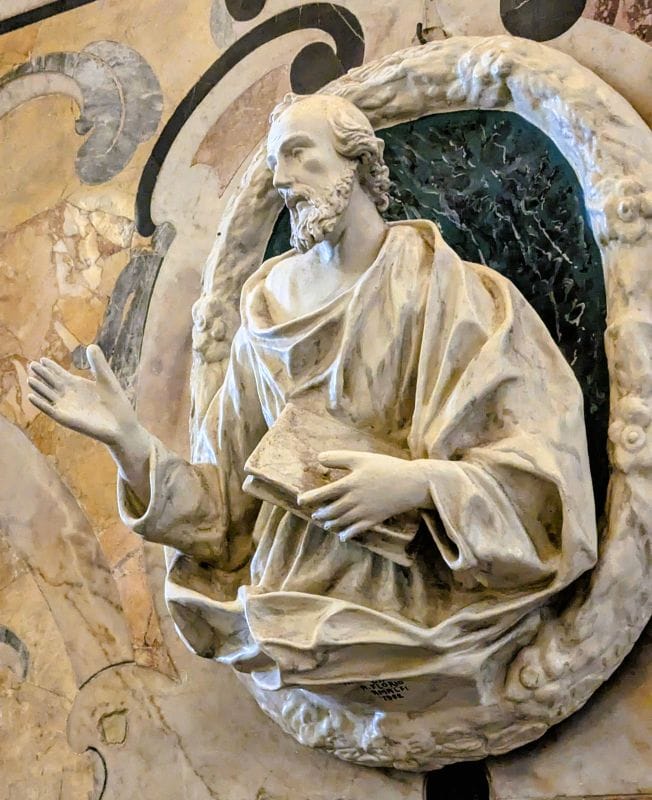
The Fourth Crusade diverted from its original goal of conquering Jerusalem to attack instead and sack the Christian city of Constantinople, the capital of the Byzantine Empire. This was all caused by power struggles between the Western church (which we now call the catholic church) and the Byzantine church, which we now call the Orthodox church. This is a greatly simplified version of the story.
The Cathedral was built to honor Saint Andrew the Apostle and house the relics of Saint Andrew, which were brought to Constantinople from Patras, Greece, in the 4th century. Relics alleged to be those of the Apostle Andrew are kept at the Cathedral of Saint Andrew, Patras, Greece. Other stories vary, including some that say the relics were scattered in many shrines and frequently moved.
“Relic” refers to anything connected to the Saint, including body parts. Frequently, relics were thought to have magical powers associated with them.
The Cathedral of Saint Andrew was first built in the 9th century, but much of the original structure was destroyed in an earthquake in 1343. In 1861, part of the facade collapsed, damaging the atrium. The whole front of the church was then rebuilt using a design by architect Errico Alvino. The cathedral bell tower dates from 1276.
The Crusaders reportedly brought St. Andrew’s relics from Constantinople to Amalfi. In 1208, the crypt at the Cathedral of Saint Andrew was completed, and the relics were kept at the church.
On our trip to the Amalfi Coast, we visited the Cathedral of Saint Andrew. Here is a link to the main article. Don’t drive the Amalfi Coast!
Photos of The Cathedral of Saint Andrew
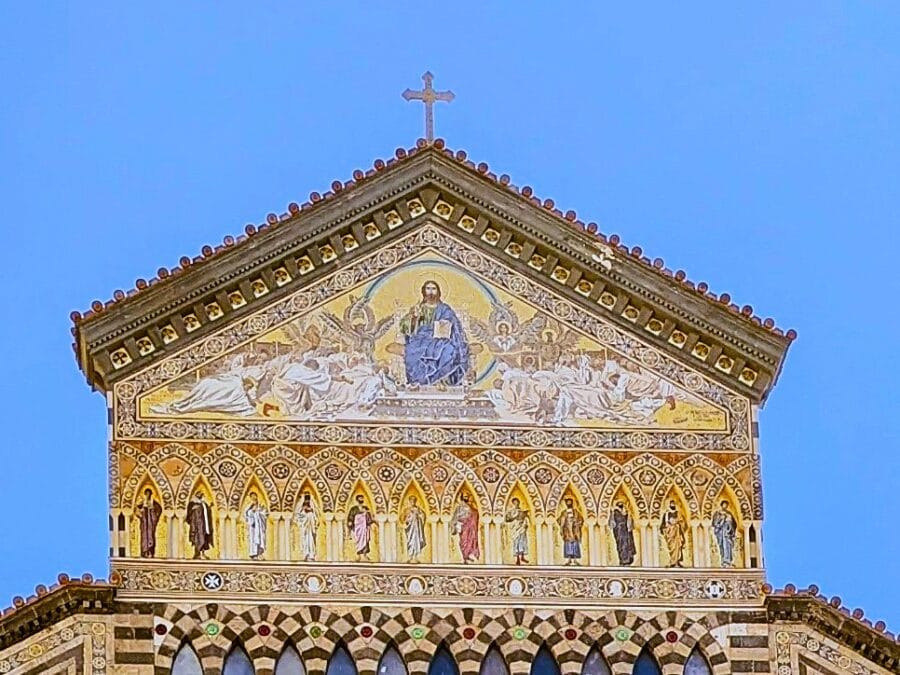
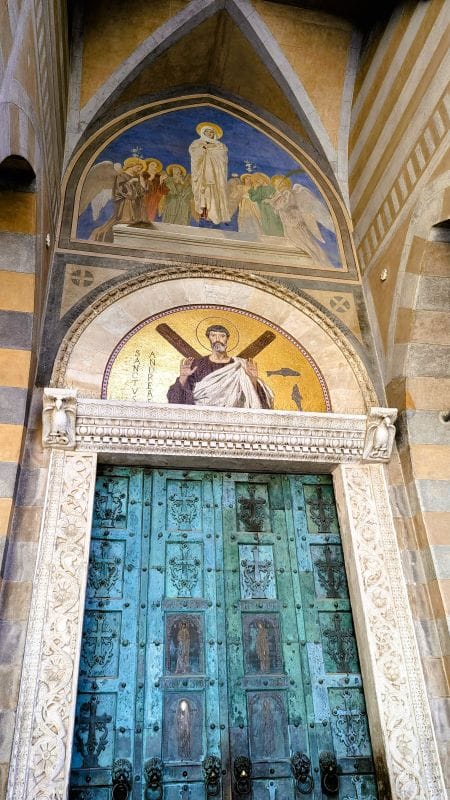
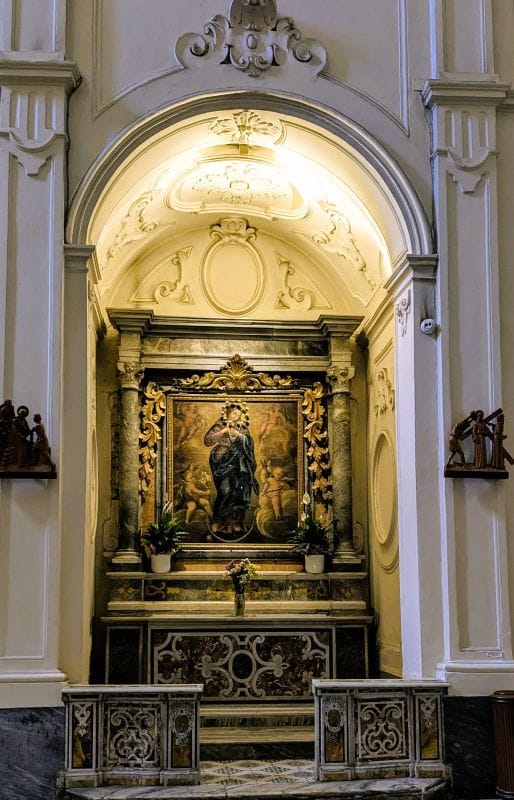
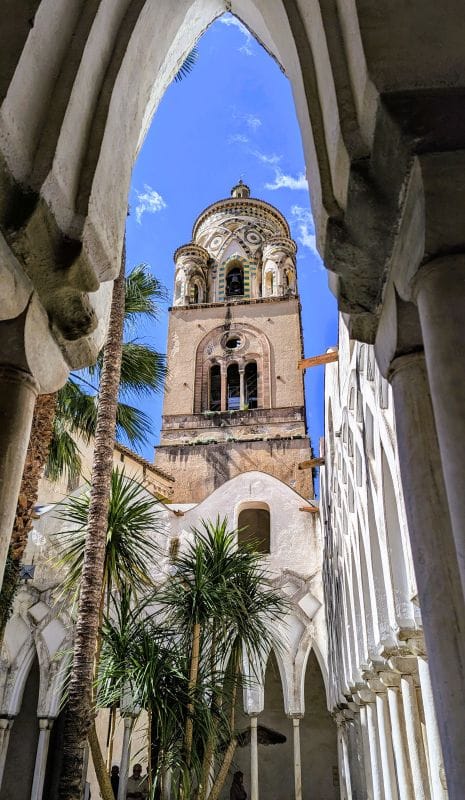
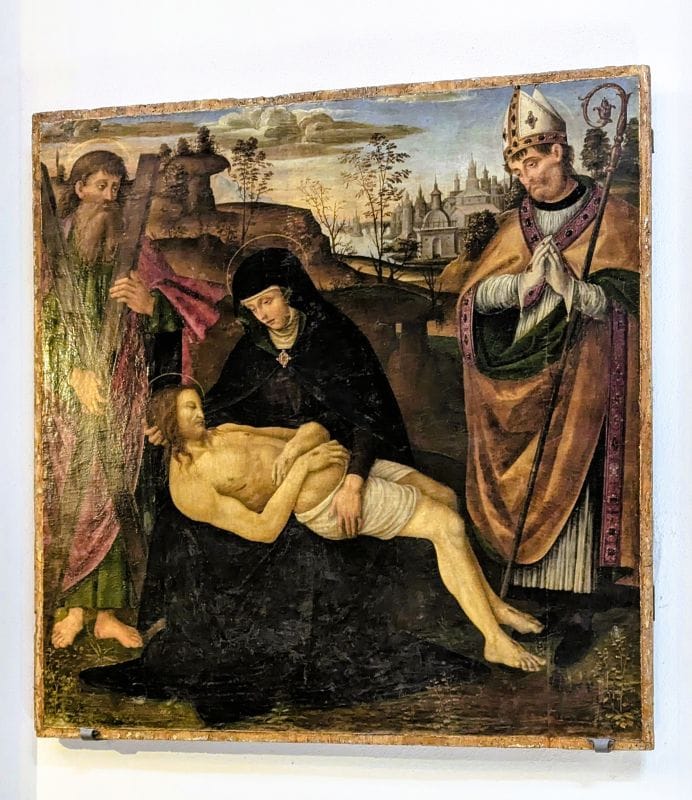
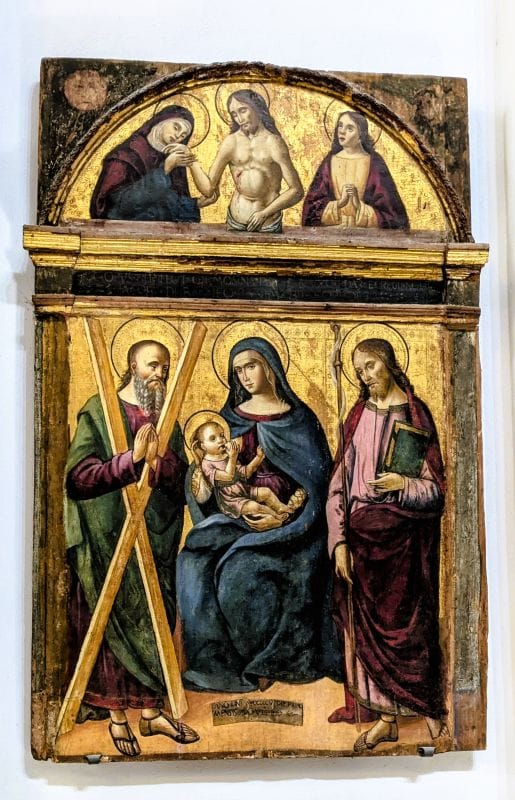
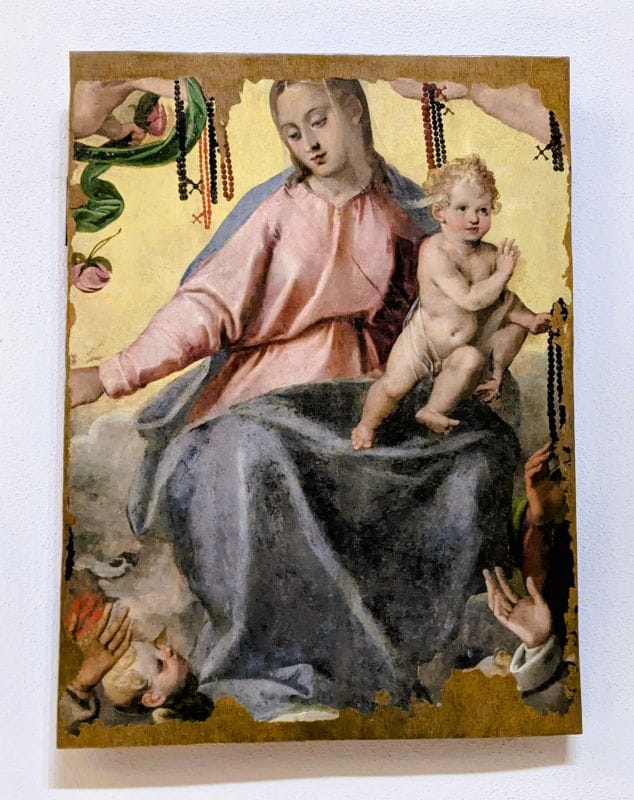
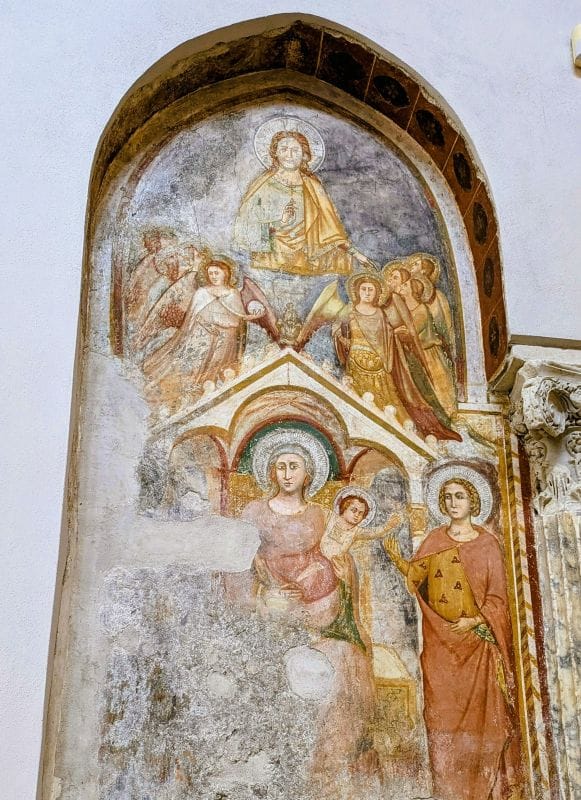
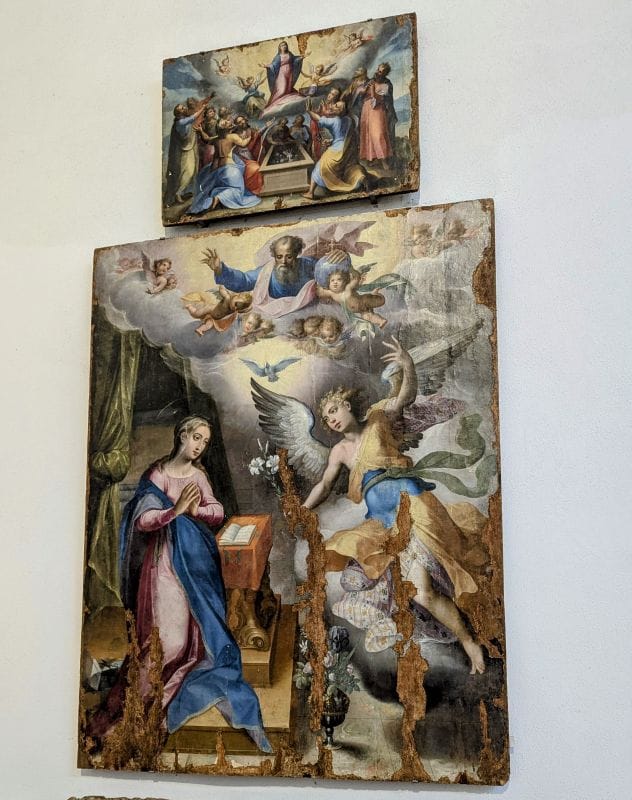
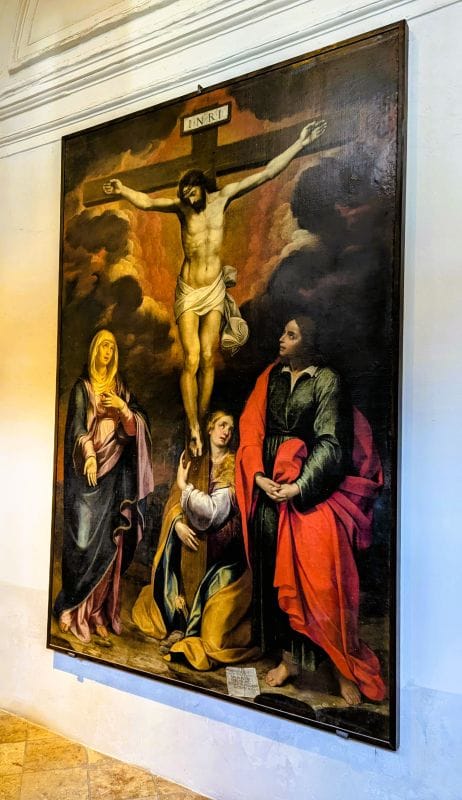
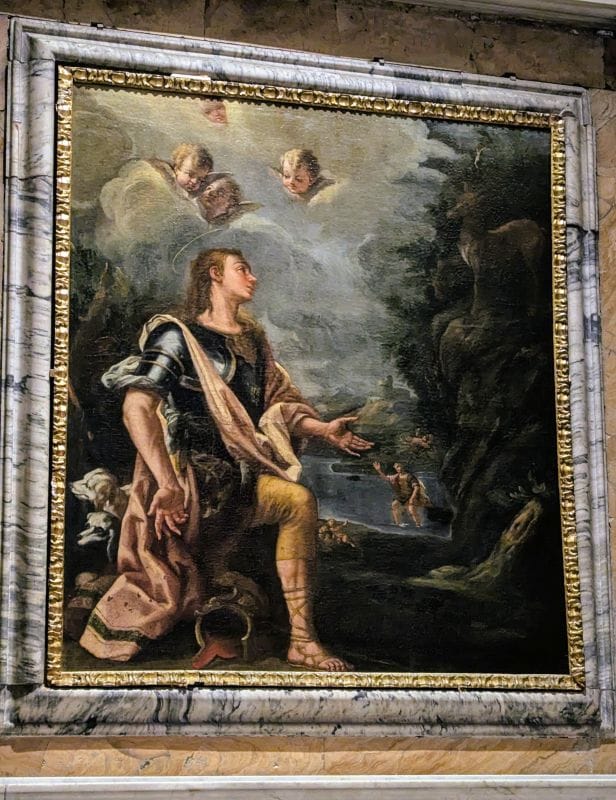
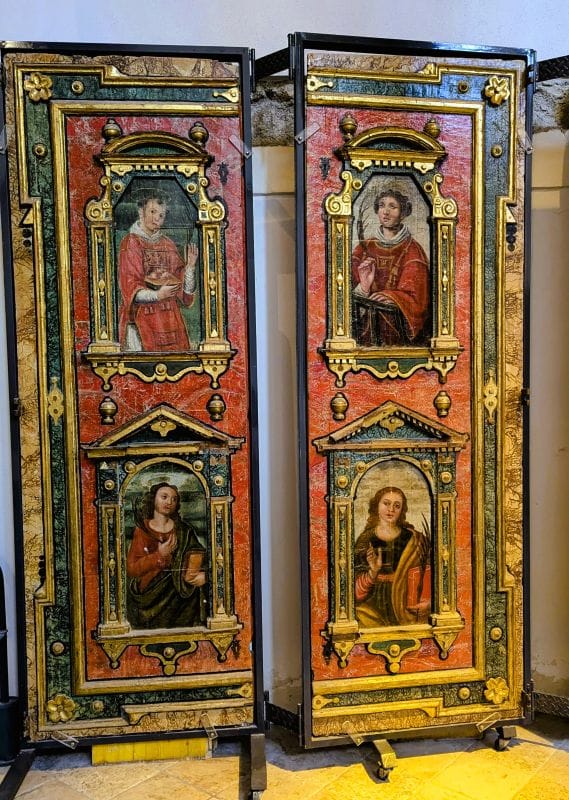
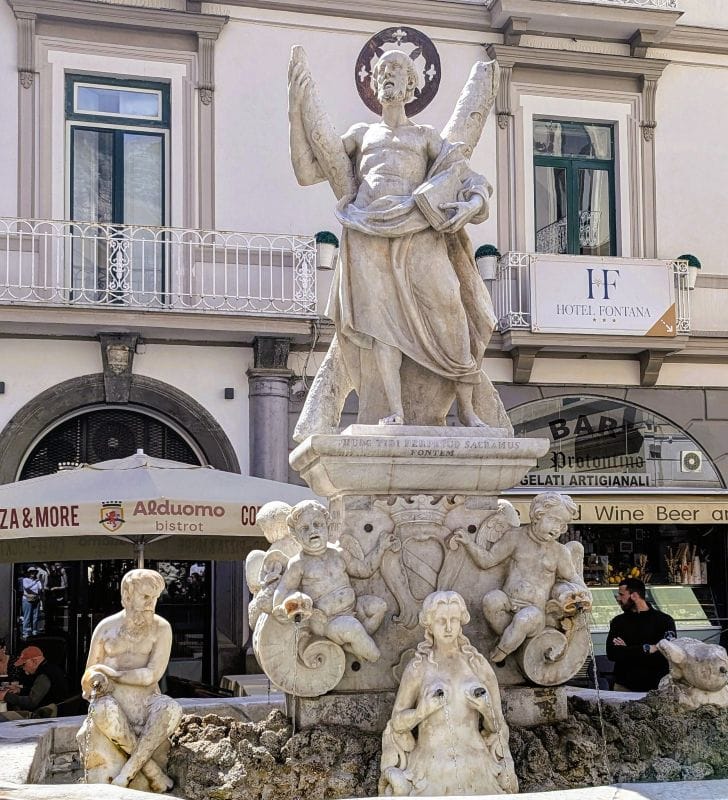
Please subscribe and join us on our journey.
We will add you to our email list and send you updates once a week. Here is a link. Subscribe
About our links
As you know, our blog income is zero, which allows us to be independent and tell the truth. We do not get income or commissions. No, we don’t make paid endorsements. We don’t make recommendations; instead, we will tell you what we like (or dislike). The links are only provided as a quick reference to help our readers.
Links
Cathedral of Saint Andrew Amalfi
About our photos
These photos were taken during our visit. Our photos are often “enhanced” to represent what we saw in person and correct for lighting and other things. Sometimes, this editing makes the images look better than what we saw in person.
About comments
We love seeing your comments, but they are not automatic. I get about twenty spam comments every day, and thus, I have to turn off automatic comments. I read and then personally publish every comment to protect the blog and keep it on the subject and real. You will not see your comment right after you hit submit. Sorry for the delay in publishing your comments. Some comments come from personal emails and Facebook. Please know that we would love to hear from you.

